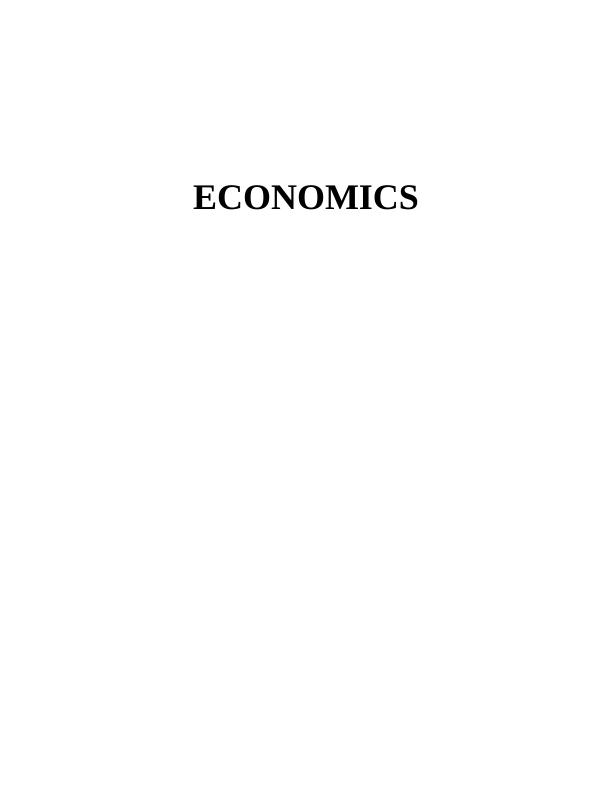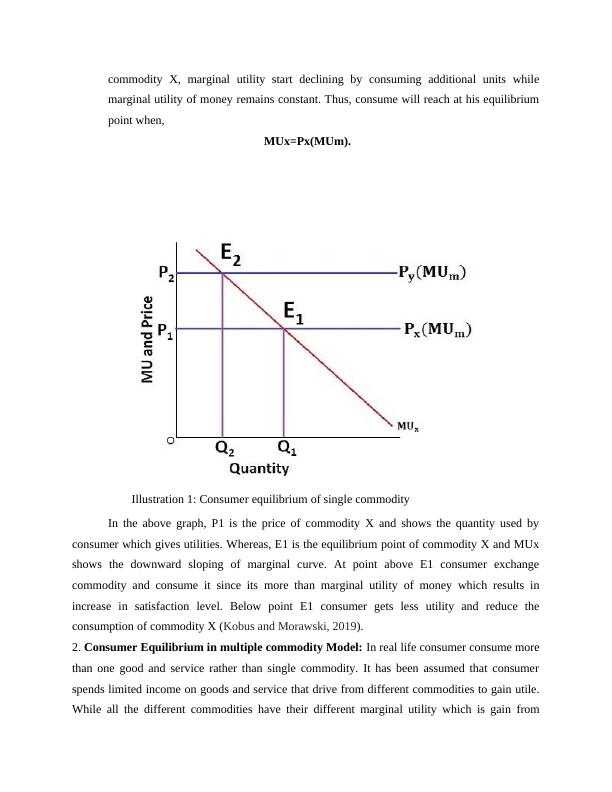Differentiating Cardinal and Ordinal Approaches on Consumer Behaviour and Evaluating the Usefulness of Elasticity
Added on 2022-12-29
12 Pages3233 Words64 Views
End of preview
Want to access all the pages? Upload your documents or become a member.
Microeconomics: Cardinal and Ordinal Approach to Consumer Equilibrium
|13
|2932
|31
Macroeconomics: Theory of Consumer Behaviour, Elasticity, Short Run Costs, Inflation, and Aggregate Demand
|14
|3533
|20
Differentiation in between equilibrium position of ordinal and cardinal approaches
|12
|3296
|29
Equilibrium position of ordinalist and cardinalist approaches in consumer behavior theory
|14
|2742
|27
Essay on Consumer Equilibrium
|10
|2028
|331
Microeconomics: Indifference Curve, Marginal Rate of Substitution, Budget Constraint, Diminishing Marginal Utility, Income and Substitution Effects, Behavioral Economics
|11
|1822
|254




